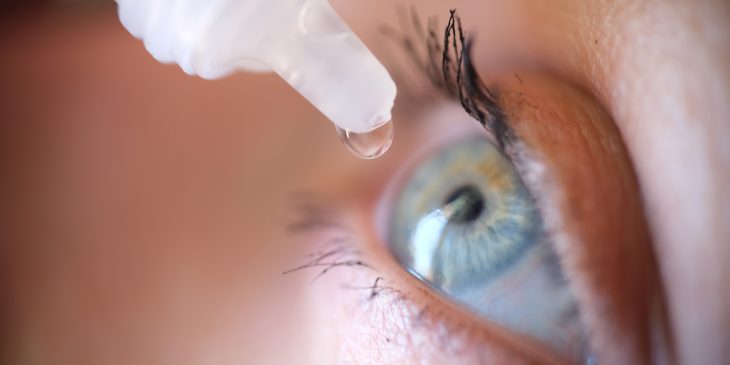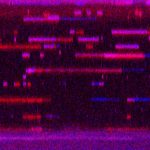An infectious diseases surveillance system created by University of Pittsburgh School of Medicine scientists and deployed at a UPMC hospital successfully flagged cases of a drug-resistant infection spread by eye drops months before national public health officials announced an outbreak.
The findings, published today in The Journal of Infectious Diseases, were obtained through a hospital-based program called Enhanced Detection System for Healthcare-Associated Transmission (EDS-HAT). They demonstrate the potential of this technology to detect and stop nationwide outbreaks sooner.

Daria Van Tyne, Ph.D.
“Our study really showcases the utility of whole genome sequencing surveillance,” said senior author Dr. Daria Van Tyne, assistant professor in Pitt Medicine’s Division of Infectious Diseases. “If more hospitals were to use EDS-HAT or a similar increasingly accessible technology, they could head off outbreaks within their walls much faster. And if multiple hospitals share this data with each other and public health authorities, then national outbreaks could be stopped in their tracks.”
Whole genome sequencing allows scientists to see the unique DNA “fingerprints” of pathogens in a sample from a patient with an infection. When the genetic code from two different patient samples is very closely matched, it means either one patient somehow gave the infection to the other or they both got it from the same source, indicating an outbreak.
UPMC is the only U.S. hospital system that Van Tyne is aware of using whole genome sequencing in this way.
On Feb. 1, the U.S. Centers for Disease Control and Prevention issued an advisory warning of an outbreak of a drug resistant strain of the bacteria Pseudomonas aeruginosa that was linked to use of artificial tears. Dozens of cases in 13 states had been found, with at least one death and multiple cases of permanent vision loss. In April, CDC released the genetic code for the outbreak strain.

Alexander Sundermann, Dr.P.H.
At that point, Dr. Alexander Sundermann, lead author of the study and assistant professor in Pitt Medicine’s Division of Infectious Diseases, compared the CDC’s newly released code with whole genome sequencing results kept on file from UPMC’s surveillance. He got a match.
In October 2022, UPMC detected two cases of the drug-resistant infection through EDS-HAT. This pointed to an outbreak, so hospital infection preventionists investigated, but no commonality could be found between the patients — they hadn’t interacted with each other, didn’t have the same clinicians, didn’t stay in the same rooms and no common hospital equipment had been used. While one patient’s record included use of artificial tears, the other didn’t mention it. And no public health alert had yet been issued.
When the CDC shared the genetic code, it was the missing piece Sundermann and Van Tyne needed to solve the mystery. Both cases were part of the newly announced artificial tears-linked outbreak.
After confirming that UPMC had seen cases of P. aeruginosa months before the national alert, Sundermann and Van Tyne took their research a step further, obtaining all the available sequences of P. aeruginosa that had now been shared. This allowed them to build a “family tree” and trace the bacterium’s origins to samples collected in 2013 and 2018 from India and Nigeria, but not seen in U.S. samples before 2022. Their findings are consistent with reports that the eye drops were likely contaminated in a manufacturing facility overseas in late 2021 or early 2022.
“It took the CDC sharing data on the outbreak strain for us to finally be able to connect the dots and see that our patients were part of the national outbreak,” said Sundermann. “Imagine how much faster we all could have been aware of this outbreak if more hospitals were performing whole genome sequencing surveillance and feeding their results into a centralized public database. We found our first case shortly after those contaminated eye drops likely started being used in the U.S. — months before the CDC’s alert — but without another case, we had no way to know there was an outbreak.”
Journalists interested in learning more can contact mediarelations@upmc.edu.








